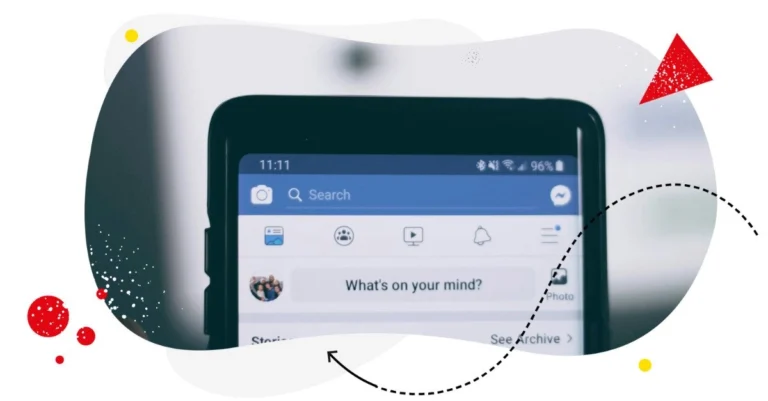Inside An ADHD Tutoring Program: Intake, Baseline & Goal-Setting

Navigating a world of education when you have ADHD can feel overwhelming for both the student and his or her family. Distractions such as impulsivity or difficulty managing time can often mask a student’s true potential. Specialized tutoring designed for ADHD students provides more than just academic support. It also offers structure, accountability, and tailored strategies. Let’s look closer at the inside of an ADHD tutoring program.
The Intake Process And The Foundation
A comprehensive intake will begin the journey into an ADHD tutoring service. This isn’t just a courtesy; it’s also the foundation for individualized learning. Intake sessions involve both students and their caregivers. They aim to build a complete picture of the student’s academic, psychological, and behavioral background.
Tutors and educational coordinators use these scales to assess the student’s performance. These scales allow for assessing attention, hyperactivity (impulsivity), executive functioning, and emotional regulation. Typical tools could include the Conners Rating Scale for parents and teachers, or the Vanderbilt ADHD Diagnostic Rating Scale. Getting consistent information about the child from different environments, including school and home, is important. This will help you develop a supportive strategy.
The intake must not only identify challenges. This also highlights strengths, areas where the student displays resilience, creativity, or above-average skill. Using this strength-based learning lens is important when creating a plan for empowering and motivating students.
Establishing The Baseline: Knowing Where To Start
After the intake, the next step will be to establish a baseline. Tutors measure the student’s behavior and academic performance to establish a baseline. This may involve reviewing prior report cards or short academic tests.
ADHD tutoring does not only use academic metrics as a baseline. The coaches also monitor executive function behavior, including the ability to initiate tasks, organize material, or manage time effectively. These are the daily skills that ADHD sufferers often struggle with and that traditional tutoring overlooks.
In this stage, the software also creates communication features like shared progress portals or family pages. These tools are designed to inform all parties, including parents and teachers, about progress and goals. At this point, students have been enrolled in the ADHD program.
Set Personalized Goals For More Than Just Grades
Personalization is the next step after a baseline has been set. ADHD tutoring program thrives on SMART goal-setting – Specific, Measurable, Achievable, Relevant, and Timebound. These goals can be tailored in consultation with the students to suit their challenges and skills.
Examples of SMART targets in an ADHD tutoring setting might include:
- “Complete and submit all assignments on time during the next 4 weeks.”
- Use a planner for recording daily homework tasks.
- You should read one nonfiction article per week. Write a three-sentence summary by Friday.
They are not static. They are designed to adapt as the student progresses or when new challenges appear. This flexibility makes the program relevant and effective for different academic terms or life transitions. For example, moving from middle school to high school.
Tutors can also help students realize the importance of achieving each goal and link academic behaviors with practical benefits. For instance, properly organizing materials can result in better test scores and reduced stress.
Monthly Scorecards: Tracking Progress And Accountability
Monthly scoring is the cornerstone of any successful ADHD tutoring programme. These scorecards allow you to see and track the progress of each goal. You can use percentages, letter grades, color-coded charts, or a combination.
The monthly scorecard may include sections such as:
- Academic Progress (grades & assignment completion)
- Executive Functioning (planner use, time management)
- Behavioral Improvement (self-regulation, classroom conduct)
- Personal Development (confidence, motivation, and communication skills)
These metrics provide tutors and their parents with an overview of how a child is progressing and empower that student. When students can see their growth, it helps them build self-efficacy.
During monthly meetings with the student, tutor, or parent, scorecards may be reviewed. These sessions can be used to both celebrate students’ successes and give an honest appraisal of those areas that still require improvement. It’s a great time to set new goals and create a plan for the coming month.
The Bigger Picture: Building Success Over The Long-Term
ADHD tutoring isn’t just about short-term solutions. It’s also about creating lifelong learning skills. These programs offer a roadmap of meaningful change. They combine structured intake assessments with detailed baseline evaluations and ongoing, personalized goal setting.
Students leave with improved grades and tools to better manage their time, emotions, and advocate for their needs. Over time, these improvements can be seen in other areas such as family relations, extracurriculars, and work.
It isn’t just about tutoring. It’s also about transformation. Understanding where a student is and where he or she wants to go starts the process.






